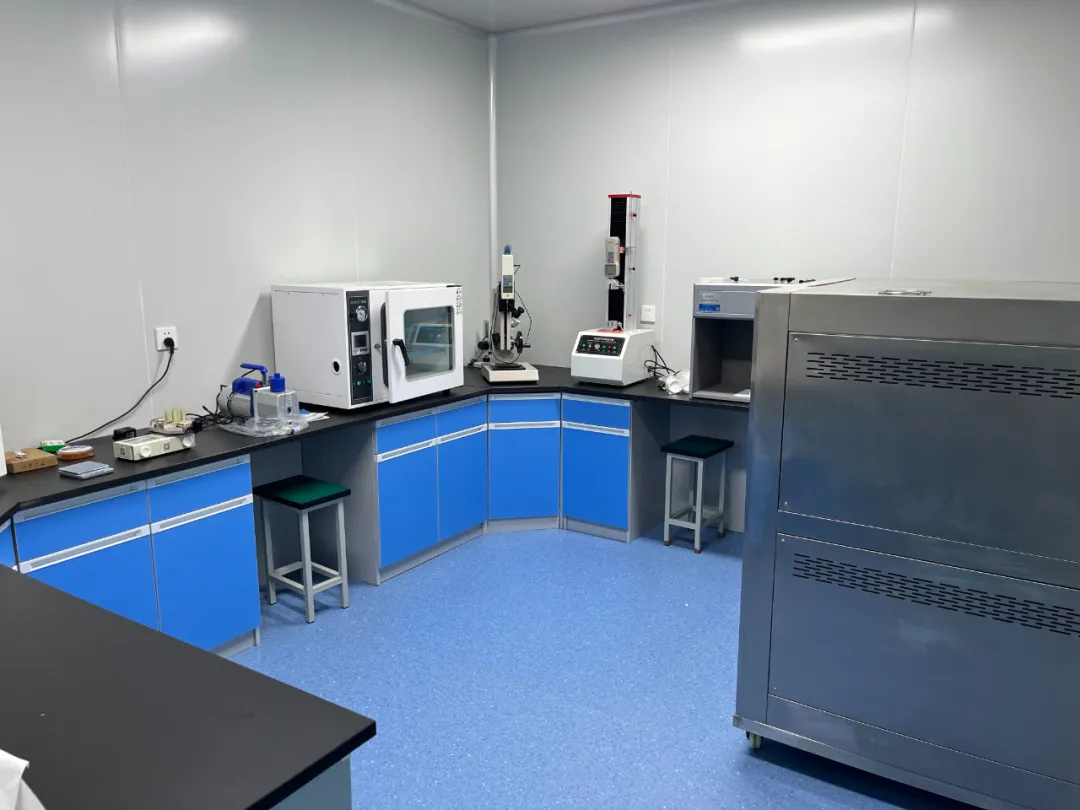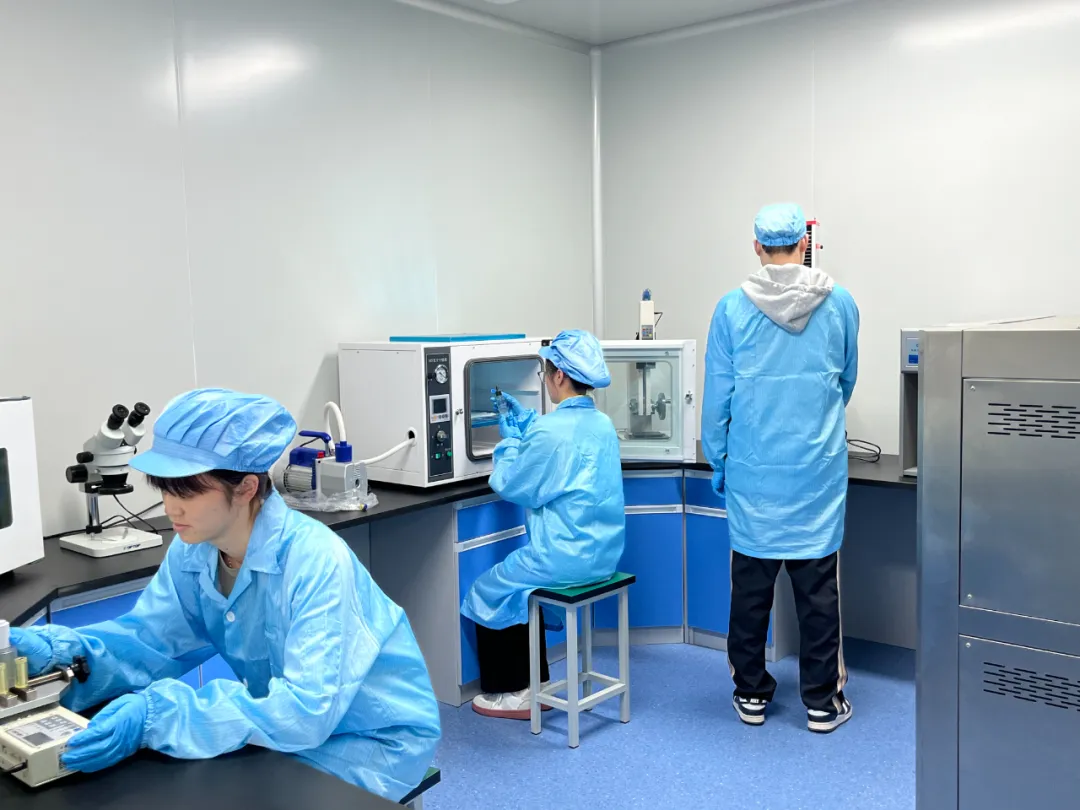Common cosmetic packaging materials include plastic bottles, glass bottles, hoses, etc. Different materials have different characteristics and are suitable for cosmetics with different textures and ingredients. Some cosmetics have special ingredients and need special packaging to ensure the activity of the ingredients. Dark glass bottles, vacuum pumps, metal hoses, and ampoules are commonly used special packaging.
Test item: barrier properties
The barrier properties of packaging are one of the important test items for cosmetic packaging. Barrier properties refer to the barrier effect of packaging materials on gas, liquid and other permeates. Barrier properties are an important factor affecting the quality of products during the shelf life.
Unsaturated bonds in cosmetic ingredients are easily oxidized to cause rancidity and deterioration. Water loss can easily cause cosmetics to dry and harden. At the same time, the maintenance of the aromatic smell in cosmetics is also crucial to the sales of cosmetics. Barrier performance testing includes testing the permeability of cosmetic packaging to oxygen, water vapor, and aromatic gases.

1. Oxygen permeability test. This indicator is mainly used for oxygen permeability test of films, composite films, cosmetic packaging bags or bottles used for cosmetic packaging.
2. Water vapor permeability test. It is mainly used for the determination of water vapor permeability of cosmetic packaging film materials and packaging containers such as bottles, bags, and cans. Through the determination of water vapor permeability, the technical indicators of products such as packaging materials can be controlled and adjusted to meet the different needs of product applications.
3. Fragrance preservation performance test. This indicator is very important for cosmetics. Once the fragrance of cosmetics is lost or changed, it will affect the sales of the product. Therefore, it is very important to test the fragrance preservation performance of cosmetic packaging.
Test item: Strength test
Strength test methods include indicators such as tensile strength of product packaging design materials, peeling strength of composite film, heat seal strength, tear strength, and puncture resistance. Peel strength is also called composite system strength. It is to test the bonding strength between layers in the composite film. If the bonding strength requirement is too low, it is very easy to cause leakage and other problems such as separation between layers during the use of the packaging. Heat seal strength is to test the strength of the seal. During the storage and transportation management of the product, once the heat seal strength is too low, it will directly lead to problems such as cracking of the heat seal and leakage of contents. Puncture resistance is an indicator for risk assessment of the ability of packaging to resist puncture by hard objects.
Strength testing will use an electronic tensile testing machine. The tensile machine independently developed and produced by Shandong Puchuang Industrial Technology Co., Ltd. can complete multiple experimental tests (tensile strength, peel strength, puncture performance, tear strength, etc.) at the same time; the heat seal tester can accurately test the heat seal strength and heat seal pressure of the packaging material.
Test item: Thickness test
Thickness is the basic ability indicator for testing films. Uneven thickness distribution will not only directly affect the tensile strength and barrier properties of the film, but also affect the subsequent development and processing of the film.
Whether the thickness of the cosmetic packaging material (film or sheet) is uniform is the basis for testing the various properties of the film. Uneven film thickness will not only affect the tensile strength and barrier properties of the film, but also affect the subsequent processing of the film.
There are many methods for measuring thickness, which are generally divided into non-contact and contact types: non-contact types include radiation, eddy current, ultrasonic, etc.; contact types are also called mechanical thickness measurement in the industry, which are divided into point contact and surface contact.
At present, the laboratory test of the thickness of cosmetic films adopts the mechanical surface contact test method, which is also used as an arbitration method for thickness.
Test items: packaging seal test
The sealing and leakage detection of cosmetic packaging refers to the characteristics of the packaging bag to prevent other substances from entering or the contents from escaping. There are two commonly used detection methods:

1. Water decompression method:
The test process is as follows: put an appropriate amount of distilled water in the vacuum tank, put the sample into the vacuum tank and place it under the pressure plate so that the package is completely immersed in water; then set the vacuum pressure and time of the test, start the test, evacuate the vacuum chamber, and make the sample immersed in water produce an internal and external pressure difference, observe the gas escape in the sample, and determine the sealing performance of the sample.
2. Positive pressure detection method:
By applying pressure to the inside of the package, the pressure resistance, sealing degree and leakage index of the soft package are tested, so as to achieve the purpose of testing its integrity and sealing strength
Post time: Jul-24-2024

